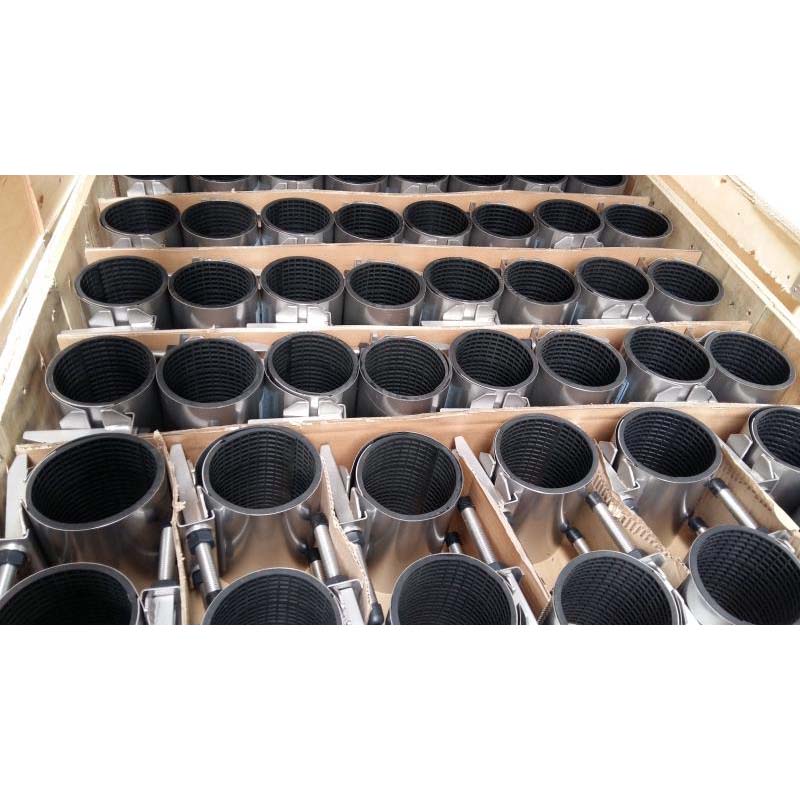Butterfly Valve Flow Control Solutions
Butterfly Valve Flow Control An Overview
Butterfly valves are widely used in various industrial applications for their reliability, versatility, and efficiency in flow control. They are particularly effective in managing the flow of liquids, gases, and slurries in pipelines. The design and functionality of butterfly valves make them an ideal choice for situations where space is limited and quick operation is required.
Butterfly Valve Flow Control An Overview
One of the key advantages of butterfly valves is their ability to regulate flow precisely. The angle at which the disk is positioned can be adjusted to control the volume and speed of the fluid moving through the valve. This capability makes them especially useful in applications such as water treatment plants, HVAC systems, and chemical processing, where maintaining a specific flow rate is crucial for efficiency and safety.
butterfly valve flow control

The materials used in manufacturing butterfly valves vary, depending on the media they are expected to handle. Common materials include stainless steel, cast iron, and plastic. Selecting the appropriate material is essential, as it impacts the valve's durability and resistance to corrosion, wear, and temperature changes. For instance, stainless steel butterfly valves are often used in corrosive environments, while plastic ones are ideal for less aggressive fluids.
In addition to material selection, the design of the butterfly valve itself can significantly influence its performance. There are two primary types of butterfly valves wafer-style and lug-style. Wafer-style valves are sandwiched between two flanges, providing a compact design often used in smaller systems. On the other hand, lug-style valves feature threaded inserts that allow for easy installation and removal, making them suitable for larger, more complex piping systems.
Another important aspect of butterfly valve flow control is the actuator mechanism. Butterfly valves can be operated manually or automatically using pneumatic, hydraulic, or electric actuators. Automated systems enable precise control over flow rates and can be integrated into broader control systems for enhanced efficiency. This feature is particularly useful in industrial processes where remote monitoring and control are essential for optimal operation.
In conclusion, butterfly valves are a fundamental component in flow control systems across various industries. Their design allows for efficient regulation of fluid dynamics, and with the appropriate material and actuator selection, they can provide reliable service in a multitude of applications. As industries continue to seek ways to improve efficiency and safety, the role of butterfly valves in fluid management will undoubtedly remain significant.
-
The Smarter Choice for Pedestrian AreasNewsJun.30,2025
-
The Gold Standard in Round Drain CoversNewsJun.30,2025
-
The Gold Standard in Manhole Cover SystemsNewsJun.30,2025
-
Superior Drainage Solutions with Premium Gully GratesNewsJun.30,2025
-
Superior Drainage Solutions for Global InfrastructureNewsJun.30,2025
-
Square Manhole Solutions for Modern InfrastructureNewsJun.30,2025
-
Premium Manhole Covers for Modern InfrastructureNewsJun.30,2025
